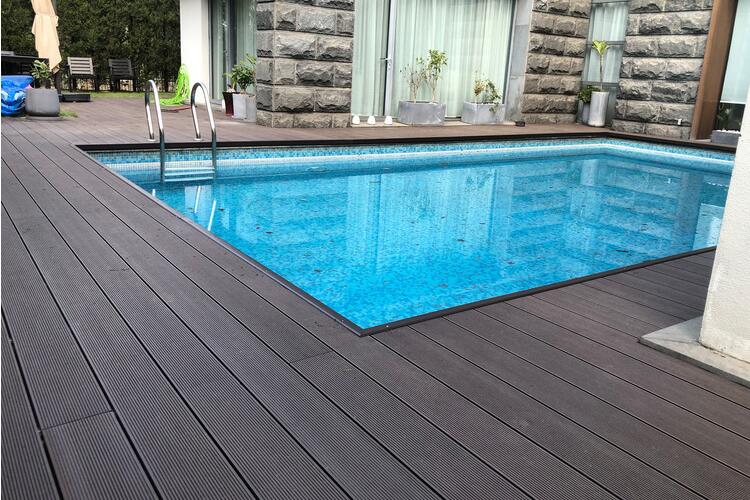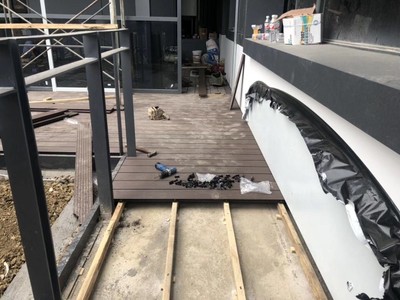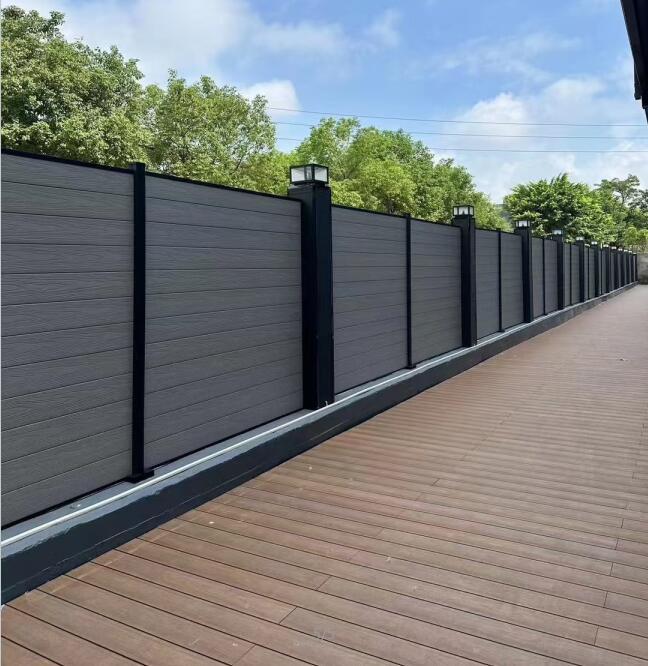- Professional Outdoor WPC Products Manufacturer and Supplier from China
- 0086-572-6725956
- admin@hanmingwpc.com
Plastic wood composites (WPC) solve the problem of white pollution caused by waste plastics to some extent due to its advantages of environmental friendliness, good sustainability and excellent mechanical properties, and can effectively relieve the pressure of wood resource shortage.With the increasing use of plastic wood composites, people pay more and more attention to the aging properties of plastic wood composites. Foreign developed countries attach great importance to the aging problems exposed by plastic wood composites in practical application. The research in this field starts early and is gradually forming an effective standard system. Since 2000, the weathering resistance of plastic wood composites has become one of the hot research in the world. Some developed countries abroad have set up test centers and different types of test stations for plastic wood composites. Through various aging tests on plastic wood composites, the aging rules, the influencing factors and the aging mechanism of plastic wood composites have been discussed.

The wood components and plastics in plastic wood composites is not perfect because of some factors, Due to the large difference of surface performance between the main components of plastic wood composites, and the influence of processing technology, basic composition and proportion of materials, the interfacial properties of plastic wood composites will be unstable,. In order to widely use plastic wood composites, scholars have studied and summarized the aging factors, aging phenomena, aging rules, aging mechanism and service life of plastic wood composites in order to find a way to improve the aging resistance of WPC.

At present, the research on plastic wood composites is more and more in-depth, the industrialization of plastic wood composites, from formula design, processing equipment to the performance improvement of finished products has become the focus of researchers. Although China has made some progress in WPC research, there are still many shortcomings.
(1) In theory, there is no perfect research system covering all aspects, which lacks guidance for practical application, and there is no comprehensive, complete and scientific standard to detect and evaluate the aging resistance of WPC in various situations.
(2) Most researchers focused on the macroscopic aspects of the mechanical properties and apparent properties of plastic wood composites in aging tests, but not enough on the microstructure changes.
(3) At present, most of the experiments on the aging of plastic wood composites are relatively single, the multi-factor comprehensive experiments are less, and lack of systematicness, so it is difficult to provide reference and comparison for the new experiments.
(4) There is still a lack of research on predicting WPC behaviour and life-cycle correlation.

Outlook:
(1) establish a perfect research system and a set of comprehensive test standards and evaluation standards for WPC aging, so as to avoid invalid data due to non-standard experiments. (2) The establishment of a large aging database of plastic wood composites, which is easy to consult and compare, avoids a large number of repeated tests, and establishes large test centers to facilitate more sophisticated experiments. (3) To strengthen the research on the factors affecting the aging of plastic wood composites, to conduct a comprehensive and systematic analysis of the factors affecting the interfacial compatibility, and to study the aging mechanism of plastic wood composites from the microscopic point of view. (4) Establish authoritative mathematical models related to WPC ageing to predict WPC lifetime effectively and accurately. To optimize the composition of the WPC, improve the processing technology, develop WPC processing equipment, improve the comprehensive performance of the WPC, research and development of plastic wood composites with specific functional types.





